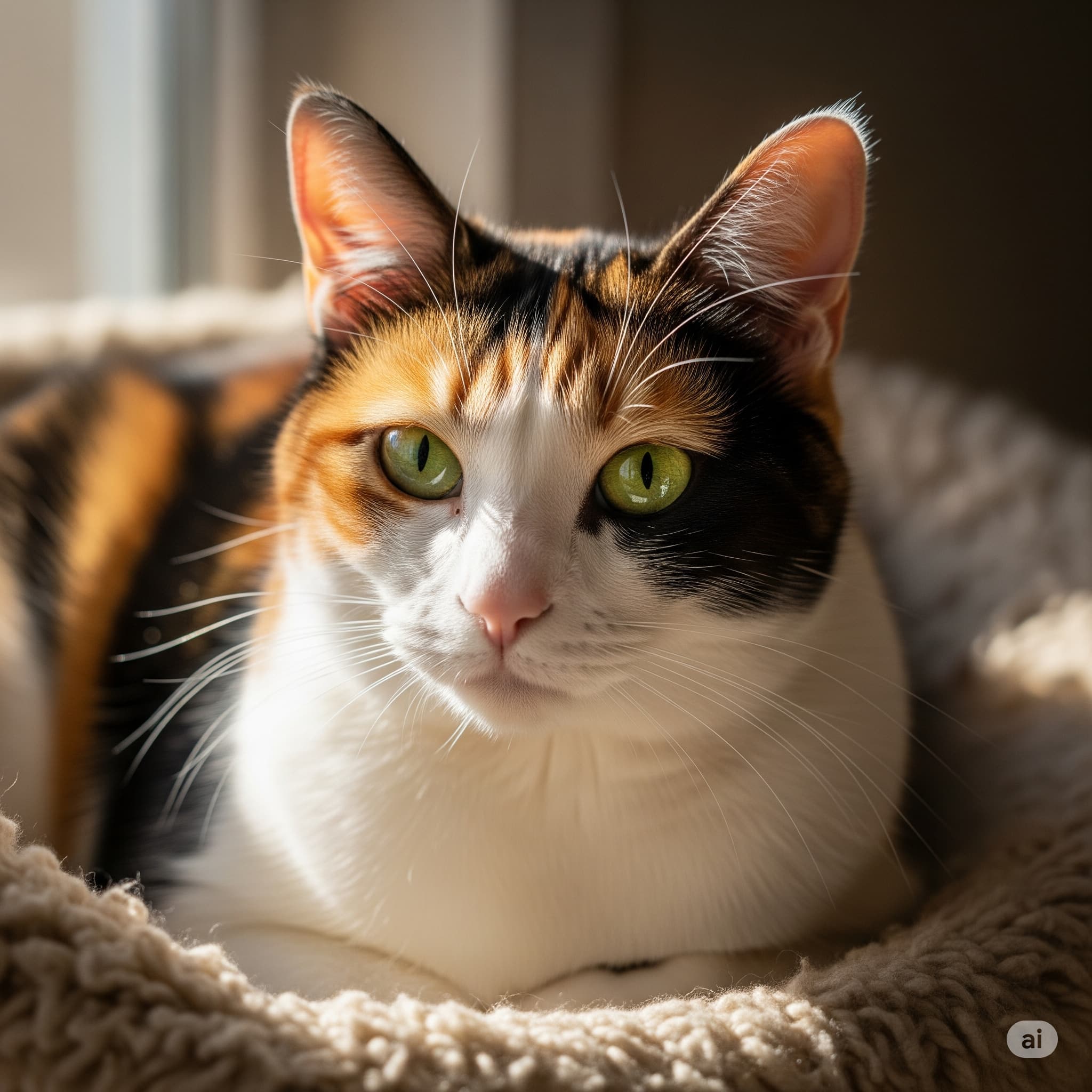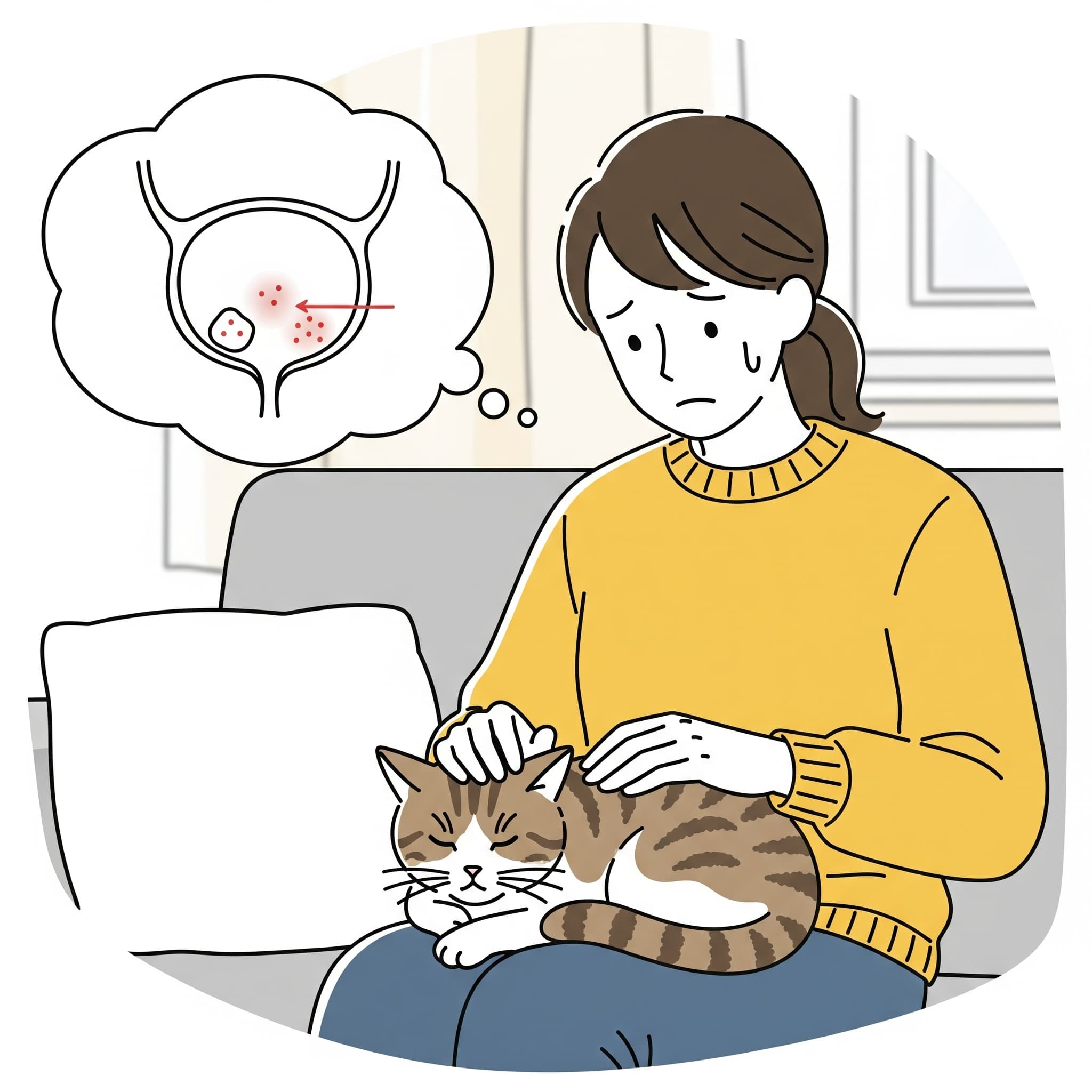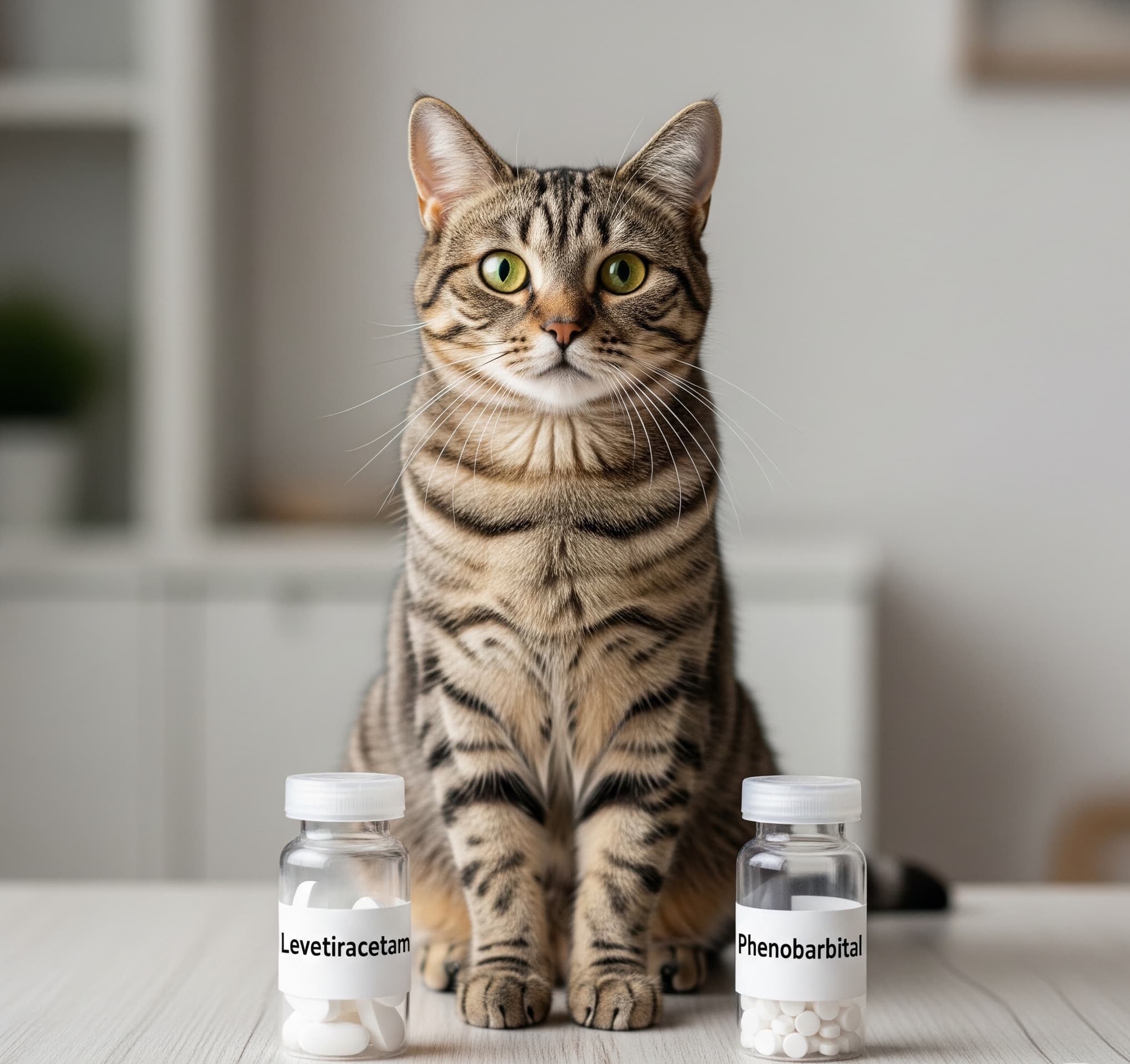Health-Focused Comparison: Which Calico Types Have the Best Longevity?
Ever wondered why some calico cats seem to outlive others? These tri colored beauties captivate us, but their health and lifespan vary by type. Let’s dive in.
To help you navigate this guide and grab the info you need fast, here are the key sections we’ll cover:
- Understanding the Main Types of Calico Cats
- Genetics and Health Basics for Calicos
- Lifespan Showdown: Standard vs. Dilute Calicos
- The Male Calico Factor: Rarity and Risks
- Breed Influences on Calico Longevity
Understanding the Main Types of Calico Cats
Okay, here’s the deal with calico cats. They’re not a breed. Calico refers to that stunning coat pattern with white, orange, and black patches. It’s like nature’s patchwork quilt on a furry friend. But there are variations that make each one unique.
First up, the standard calico. This is your classic version with bold, vibrant colors. White base, splashed with deep orange and black spots. They’re eye-catchers, no doubt. Then there’s the dilute calico. Softer vibes here, the orange turns cream, black fades to gray. It’s like someone hit the mute button on the colors. Imagine a pastel painting versus a bold mural.
Don’t forget calibys, which mix calico patches with tabby stripes. Or even patched tabbies that lean more calico. These types pop up in breeds like American Shorthairs or Persians. But does the type affect health? Not really on its own. It’s more about genetics and care. Think of it this way: the coat is the wrapping, but what’s inside—the breed and lifestyle—matters most for longevity.
I’ve seen cat owners obsess over patterns, but trust me, a happy, healthy calico thrives regardless. Still, subtle differences can play into overall well-being. For instance, dilutes might seem calmer, but that’s anecdotal. No hard science ties color intensity to sickness. Yet, knowing these types helps you spot potential issues early. Like, if your dilute starts fading more, it could signal nutrition woes.
In short, calicos come in flavors, but they’re all cats at heart. Female ones dominate—males are super rare. We’ll get to that soon. This foundation sets us up for comparing their lifespans. Excited? I am.
Genetics and Health Basics for Calicos
Let’s chat about what makes calicos tick genetically. It’s fascinating stuff. The calico pattern is tied to the X chromosome. Females have two Xs, so they can express both orange and black fur. Males? Usually one X and one Y, so no calico unless something extra happens.
That “extra” is often XXY syndrome in males. It’s like getting a bonus chromosome, but it brings baggage. More on that later. For females, though, the genetics are solid. No built-in health bombs from the pattern itself. They’re as sturdy as any tabby or solid-color cat.
Common health hiccups? Same as most felines: obesity, dental drama, or kidney stuff as they age. Calicos aren’t prone to unique woes. But hey, that patchy coat can hide lumps or skin issues, so regular checks are key. It’s like overlooking a scratch on a colorful car—you gotta look close.
Nutrition plays huge. High-quality food keeps those colors vibrant and bodies strong. Exercise too—laser pointers are gold. And spaying? It cuts cancer risks, boosting lifespan. Indoor living? Game-changer. Outdoor cats face cars, fights, diseases. Indoors, they chill longer.
Emotions matter. Calicos get a rep for sass, but stress hurts health. A calm home equals better longevity. Picture your cat as a zen master; keep the vibes peaceful. Vet visits catch problems early. Vaccinations, flea control—all basics add years.
Overall, genetics lay the groundwork, but your care builds the house. No type is doomed; it’s how you nurture them. This leads us to specifics: do standard and dilute differ in staying power?
Lifespan Showdown: Standard vs. Dilute Calicos
Alright, time for the main event. Standard calicos versus dilutes—who wins the longevity race? Spoiler: it’s a tie, mostly. Both average 12 to 16 years, like other domestic cats. The dilute gene softens colors but doesn’t weaken health.
Standards have those punchy hues. Some say the bold pigments link to robust genes, but nah. No evidence shows standards outlive dilutes. Both face the same risks: heart conditions or urinary tract infections if unlucky. But dilutes might have a slight edge in sun-sensitive spots. Their lighter fur could mean less melanin, upping skin cancer odds outdoors. Keep ’em inside, problem solved.
I mean, come on—who hasn’t worried about their cat baking in a window? Dilutes look ethereal, but they’re not fragile flowers. Owners report dilutes hitting 18 years easy with good care. Standards too. One dilute I knew lounged till 20, outpacing her standard sister by a whisker.
Differences? Breed matters more. A dilute Persian might push 20 due to breed traits, while a standard short-hair sticks to 15. It’s not the dilution; it’s the lineage.
Humor me: think of standards as bold rockstars, burning bright. Dilutes? Smooth jazz artists, steady and chill. Both last if the lifestyle fits. No clear winner here. Focus on prevention—weight control, playtime. That evens the odds. If picking, choose based on looks, not lifespan myths. Both can be your forever pal.
The Male Calico: Rarity and Health Risks
Ugh, male calicos. They’re like unicorns, rare and special, but with strings attached. Only one in 3,000 calicos is male. Why? That XXY setup, Klinefelter’s syndrome. It allows the pattern but dials up the health dial.
Males often deal with sterility first. Can’t have kittens. But worse: weaker bones, diabetes risk, heart issues. Their bodies don’t regulate as well. Lifespan? Shorter, sadly 10 to 12 years on average, versus 15 for females. It’s not fair, right?
Not all doom. Early vet care helps. Supplements for joints, diet tweaks for blood sugar. Some males thrive to 15. But statistically, females win big. Owners share tales of sweet males, full of personality despite odds. Like a fighter in the ring, they give it their all.
If you have one, celebrate. Monitor closely. Tests catch Klinefelter early. No type variation here; all males face this. Females? Smooth sailing. This gender gap is the real health divide in calicos. Makes you appreciate the ladies more.
Breed Influences on Calico Longevity
Calicos span breeds, and that’s where longevity shifts. Not all are created equal. A calico pattern on a tough breed means longer life. Let’s compare popular ones.
Take American Shorthairs. Hardy, adaptable. Calicos here hit 15-18 years. Low-maintenance champs. Persians? Fancy long fur, but prone to breathing woes from flat faces. Still, 15-20 years possible with grooming. It’s like comparing a truck to a sports car—both run, but maintenance varies.
Maine Coons: big, fluffy giants. Calico versions live 12-15 years. Heart checks needed for cardiomyopathy. Manx cats, tailless wonders, add spinal risks but reach 14-16. Siamese calico mixes? Sleek, potentially 15+, but vocal about thyroid issues.
Mixed breeds often outlast purebreds. Less inbreeding problems. Indoor, spayed, fed well—they all extend years. Think of breeds as recipes; some have more pitfalls.
Choose wisely. Research breed health. A calico Maine Coon might suit active homes, living long with play. Persians for lap cats, but vet bills higher. No type trumps all, but hybrids edge out. Your love seals the deal.
Frequently Asked Questions (FAQ)
Do dilute calicos have more health problems?
Not typically. The dilute gene affects color, not core health. Same risks as standards. Vision or ear issues? Rare, breed-linked, not dilution.
What’s the longest a male calico can live?
Up to 15 years with top care, but average is lower due to syndrome effects. Females usually outpace them.
How can I tell if my calico is healthy?
Bright eyes, good appetite, playful vibe. Annual vets spot issues. Watch for weight gain or hiding—red flags.
Does indoor living really add years?
Absolutely. Outdoors faces dangers. Indoors can double the span. Safe and sound wins.
Are calicos more sassy affecting health?
Myth mostly. Personality varies. Stress from attitude? Nah, they’re just expressive. Love calms them.
Wrapping It Up: Choosing Your Calico Companion
We’ve unpacked calico types, genetics, and comparisons. Bottom line: females—standard or dilute—boast the best longevity at 12-16 years. Males face tougher odds due to rarity. Breeds tweak the numbers, with mixes often leading.
Remember that hook about outliving? With smart care, any calico can thrive long. Genetics set the stage, but you direct the play.
Curious which type fits you? Drop a comment below—I’d love to chat! Or subscribe for more cat tips straight to your inbox. Share this with fellow cat lovers; it might save a whisker or two.




Post Comment